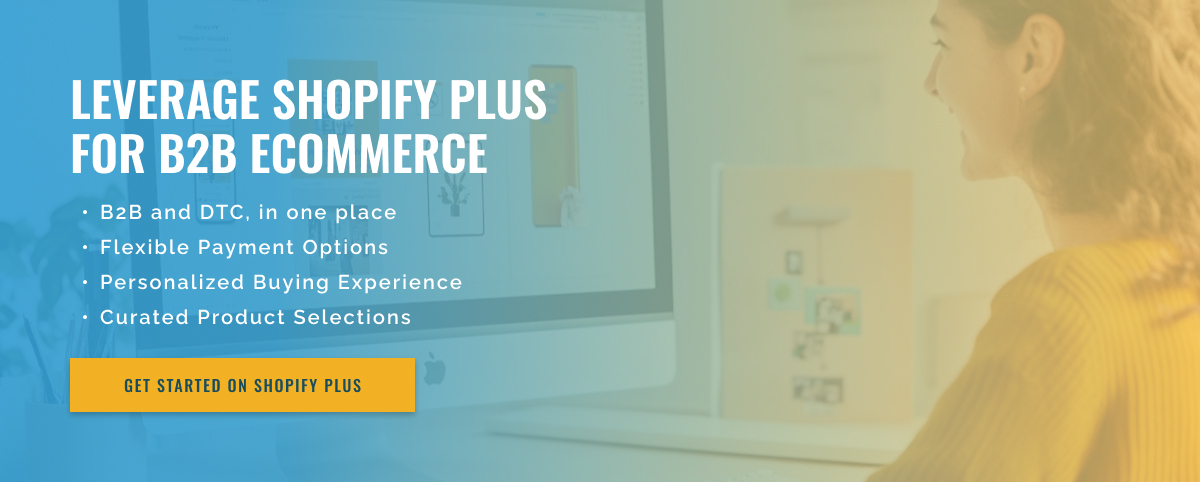3 minute read
Maximizing Sales: A Guide to Shopify B2B Website Design
In the world of eCommerce, Shopify has become a popular platform for businesses large and small. What many people don’t realize, however, is that Shopify is more than just a platform for business-to-consumer (B2C) businesses. It also offers powerful features and tools for business-to-business (B2B) transactions, making it a popular choice for those looking to sell to other businesses.
One of the main reasons Shopify has become so popular in the B2B market is its customizable and user-friendly website design. With its drag-and-drop interface and wide selection of templates, businesses can easily create a professional and optimized online store that’s tailored to their B2B customers.
First, it’s important to understand the key differences between B2C and B2B website design. While B2C websites focus on visual appeal and user experience, B2B websites should emphasize functionality and efficiency. This is because B2B transactions often involve larger product volumes and larger order sizes, which requires a more streamlined purchasing process.
In this regard, Shopify offers a number of features that are perfect for B2B transactions. For example, the Wholesale Channel feature allows businesses to create a separate section for their B2B customers and offer them exclusive prices and products. This ensures that the feeling of exclusivity is maintained and that these customers end up selling more.
Another important aspect of B2B website design is the ability to manage and organize different customer groups. Shopify offers a customer groups feature that allows businesses to segment their customers into different groups and offer them customized prices, discounts, and product offers. This is a great tool for B2B businesses as it allows them to cater to the specific needs and budgets of different customers.
Furthermore, Shopify’s robust inventory management system allows businesses to easily track their products and orders, providing a seamless shopping experience for their B2B customers. It also integrates with various payment gateways, allowing businesses to easily receive payments from their customers.
In summary, Shopify’s B2B website design provides businesses with an easy-to-use and customizable platform to serve their B2B customers. With so many features and tools to offer, it’s no wonder more and more businesses are choosing Shopify for their B2B eCommerce needs. If you’re looking to take your B2B transactions online, Shopify might be the perfect solution for you.

